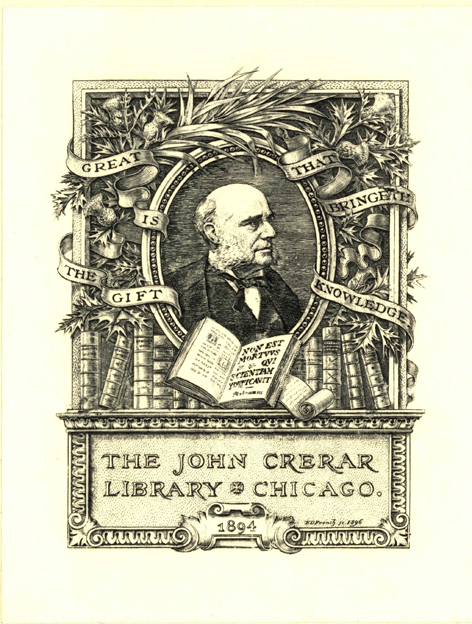Review by Choice Review
Be forewarned, this is not your high school teacher's treatment of conics. The premise here is that while the ellipse, hyperbola, and parabola are obviously united by the simple fact that they are all conic sections, when looked at individually, there is lack of consistency, unity, and beauty in their treatment. Why, for example, does a formula describing the area enclosed by an ellipse in terms of the coefficients of its equation also yield a perfectly reasonable result when it receives as input the coefficients of the equation of a hyperbola--an object that, in and of itself, obviously encloses no finite area? Wading into this book requires a fair amount of mathematical sophistication, despite its pedestrian-sounding title. Readers of this treatment might wonder how they previously knew so little about conics. As an example, this reviewer bets that readers are currently under the impression that ellipses and hyperbolas have two foci; Kendig will try to convince them that each has four. This 29th entry in the "Dolciani Mathematical Expositions" series of the Mathematical Association of America does not disappoint. ^BSumming Up: Highly recommended. Upper-division undergraduates through faculty. D. S. Larson Gonzaga University
Copyright American Library Association, used with permission.
Review by Choice Review

